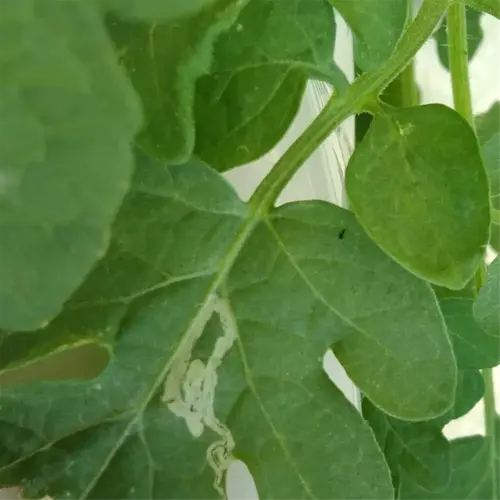Is baking soda effective against root rot?

Written by
Tina Carter
Reviewed by
Prof. Charles Hartman, Ph.D.Baking soda provides a temporary solution to root rot by changing the pH of the soil to inhibit infection from fungi. While commonly found in kitchens, I found its limits after pouring baking soda on my aloe vera until it collapsed from continuous use. I have found it useful to delay the decline of mild root rot, but it does not cure root rot.
How It Works
- Mix 1 tablespoon baking soda per gallon of water
- Spray soil surface to create alkaline conditions
- Slows fungi like Fusarium by disrupting cell walls
Limitations
- Doesn't kill pathogens, only inhibits growth for 7-10 days
- Overuse spikes soil pH above 7.5, harming nutrient uptake
- Avoid on acid-loving plants (e.g., blueberries, azaleas)
Better Alternatives
- Hydrogen peroxide (1:4 dilution) oxygenates roots
- Copper fungicides for aggressive infections
- Repotting with sterile soil is non-negotiable
Baking soda ruined my fiddle leaf fig. After three sprays over three weeks, new roots developed, only to mysteriously rot. Diagnostic laboratory tests indicated that Pythium spores were still present. Now I use it with the knowledge that it gives me early warning, and I apply it with root pruning and soil replacement in conjunction, to help prevent the problem from spiraling out of control.
For really bad rot, treat the soil with both agents. As an example, I will mix 1 tsp of baking soda with 1 quart of hydrogen peroxide solution (3%), much like in a stubborn case. The hydrogen peroxide will kill off the active fungi, while the baking soda will deter new growth. You should do a soil pH test afterward and do whatever you need to do to get the pH back into balance.
Read the full article: How to Treat Root Rot: 7 Essential Steps to Save Your Plants

